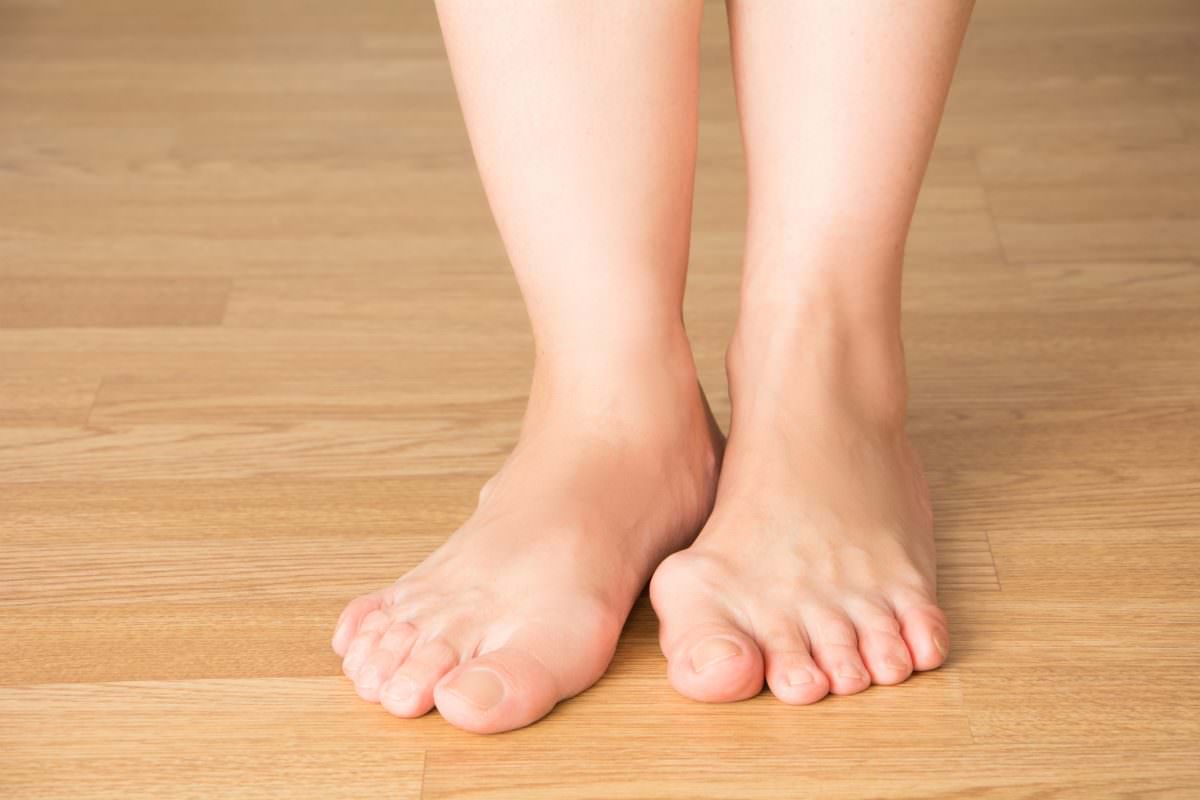 Foot Deformity
Foot Deformity
Patients often seek advice about Foot Deformity From Podiatry Group of Georgia regarding the diagnosis and treatment of their foot problems. The role of the physician is to recognize and treat the underlying condition, prevent further injury or deformities, and educate the patient. Here a some of the Common Foot Deformity Problems.
COMMON FOOT DISORDERS
Bunion
Bunion is derived from the Latin word meaning turnip. It is a bursa sac that develops over the first metatarsophalangeal (MTP) joint as a result of a hallux valgus deformity of this joint. Hallux valgus refers to the lateral deviation of the first toe. However, in common parlance, “bunion” has come to denote any bump or associated deformity of the first MTP joint with deviation of the lateral great toe. Bunions can be primary in the absence of any known underlying diseases or secondary to a variety of metabolic, structural or inflammatory disorders.
The fact that bunions occur commonly in families suggests a genetic predisposition from ligamentous laxity and hyperpronation of the foot. The higher incidence in women compared to men is believed to be due to tightly fitting women’s footwear. However, footwear alone is not sufficient to explain this condition. The complex relationship of the first ray biomechanics and hindfoot mechanics influence bunion development. Additionally, any disorder resulting in first MTP joint inflammation may weaken MTP soft tissue restraints, predisposing to bunion formation.
The pain associated with a bunion is caused by pressure and frictional force exerted on the skin, soft tissue, and bursa at the medial prominence of the first MTP joint. Over time, callous formation and progression of the foot deformity cause internal subluxation with abnormal mechanics resulting in articular deterioration. A painful callous may also occur under the lateral subluxed medial sesamoid.1 Additionally, changes in the biomechanics of the foot result in an imbalance which causes the patient to shift his/her weight laterally and, in turn, increases pressure and pain at the head of the metatarsals (metatarsalgia). Progressive lateral great toe deviation produces a retrograde load on the first metatarsal, which deviates medially allowing for great toe shifting, and begins a vicious cycle. Subsequently, the great toe may either override the second toe or, more commonly, go beneath the second toe. Elevation of the second toe may result in significant second MTP joint pain and a hammer toe deformity of the second toe. Frequently, the hammer toe may be the greater source of discomfort. Relief of hammer toe pain may require addressing an associated bunion deformity simultaneously.
Plantar fasciitis
The plantar fascia or plantar aponeurosis is a fibrous band of connective tissue located on the plantar surface of the foot. This fascia assists in forming the longitudinal arch of the foot. The plantar fascia originates near the medial process of the calcaneal tubercle and inserts onto the plantar ligamentocapsular complex of the first through fifth metatarsal heads. The origin of the plantar fascia is the most “fixed” point of this structure, and it is this site that is most prone to injury. It should be noted that heel spurs or calcaneal osteophytes have no relationship to plantar fasciitis.
Call Our Marietta, Georgia Office Today at 404-806-3731 or Book your appointment online now!

![podiatryGroup-Logo[1] Logo](https://www.podiatrygroupofgeorgia.com/wp-content/uploads/2020/07/podiatryGroup-Logo1.png)